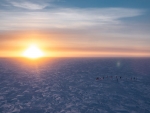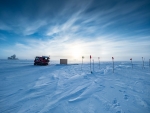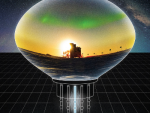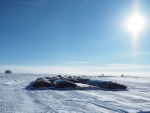It was all about the sun last week at the Pole. IceCube winterovers got to see, and photograph, the sun’s green flash.
Unstable weather last week cleared for a brief time, showing a bright sun along the horizon.
Although winter is fast approaching and the sun is quite low, there is still plenty of daylight for taking outdoor photos.
The sun is getting noticeably lower in the sky at the South Pole. IceCube’s winterovers also note that it’s starting to get cold.
On December 8, 2016, a high-energy particle called an electron antineutrino hurtled to Earth from outer space at close to the speed of light carrying 6.3 petaelectronvolts (PeV) of energy. IceCube had seen a Glashow resonance event, a phenomenon predicted by Nobel laureate physicist Sheldon Glashow in 1960.
Last week was relatively quiet at the Pole, offering a good opportunity to get out and reflag the flag line between the IceCube Lab (ICL) and the station.
The South Pole station has closed for the winter, as the last plane carrying passengers leaves the Pole.
It’s still light outside, but winter at the South Pole is fast approaching, and departures last week.
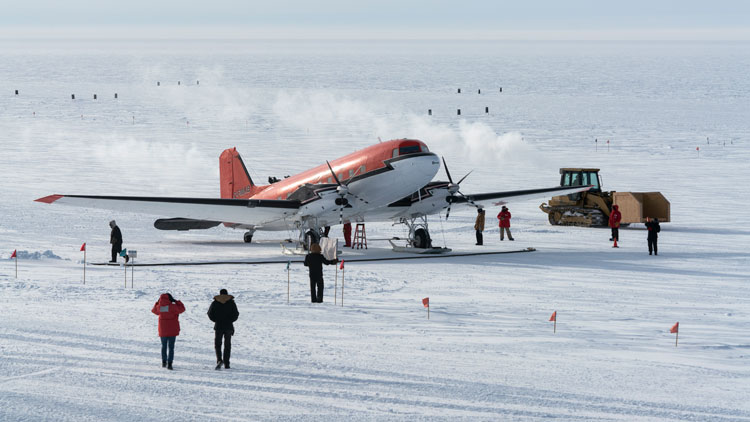
well outnumbered the arrivals.
IceCube collaborator and Harvard physics professor Carlos A. Argüelles Delgado has been selected as a 2021 Sloan Research Fellow in Physics.
It takes a lot of fuel to keep things operating all year long at the South Pole, and all that fuel must be transported to this remote locale.


